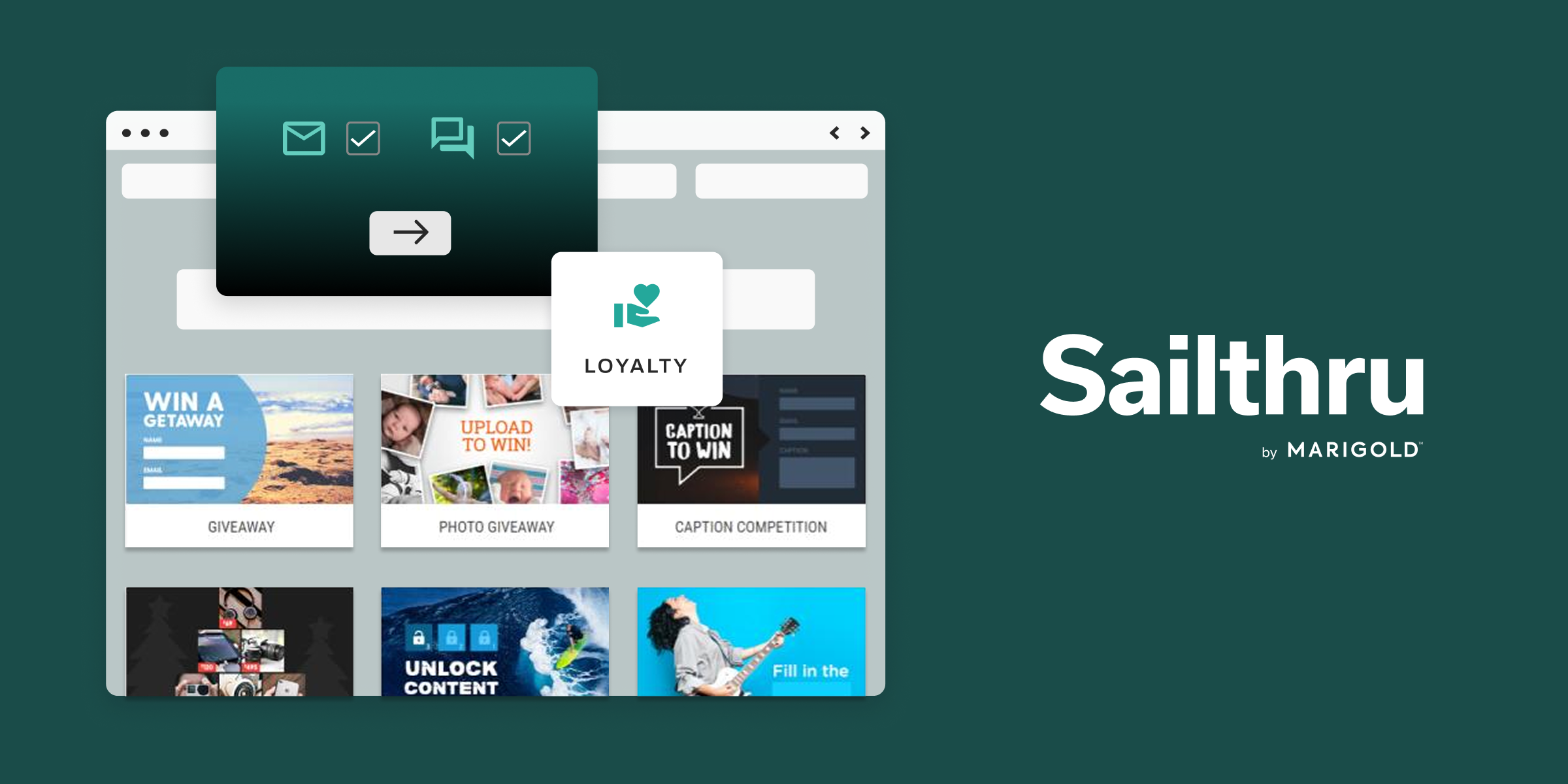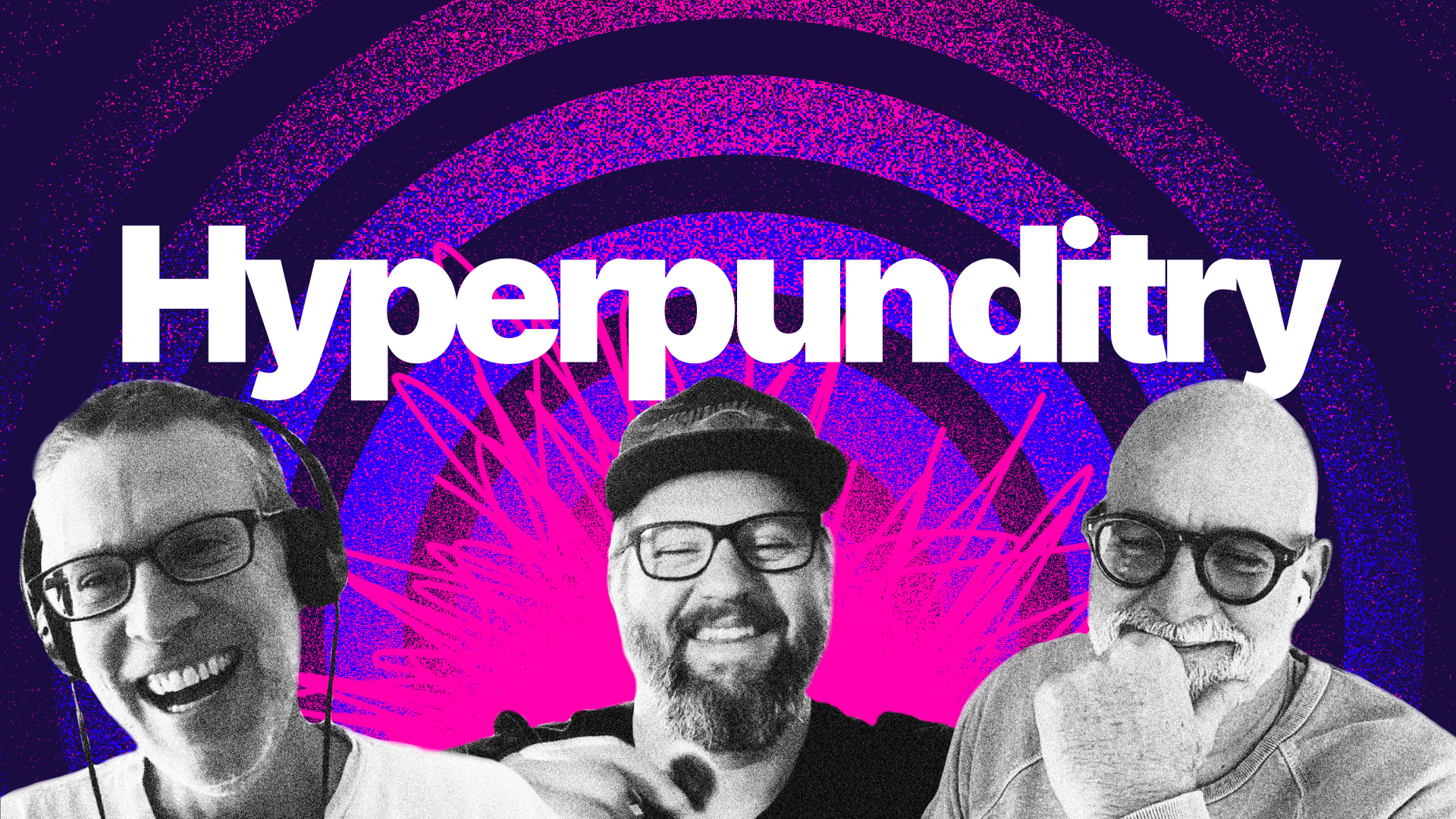Janice Min embraces more with less
The new media playbook

Technically, Janice Min and I were colleagues for a time. My time in an Adweek cubicle overlapped with the start of her tenure at The Hollywood Reporter. I have respect for people who can win with different playbooks. What Janice is doing at The Ankler is very different from her past successes at Us Weekly and THR.
A few things to know about:
- Our next Online Forum is tomorrow. We will dig into how Metro UK used applied personalization to its horoscopes and sports newsletters in order to drive higher conversions and deeper engagement. Thanks to Marigold for sponsoring. Join us.
- We are running a research project in collaboration with BlueConic about how publishers are using AI to foster deeper relationships with their audiences. Take the five-minute survey.
- Let me know if you’ll be in Miami for Possible. This event has grown impressively in just a couple years to be a regular stop on the media/marketing event circuit. My email: bmorrissey@therebooting.com.

Simplify cross-channel marketing

Small team, big expectations? This guide shows how media brands can streamline marketing, reduce manual work, and engage readers across email, mobile, and beyond without IT support. Get the guide.
Janice Min embraces more with less
"It's not about how big you can get, but the discipline of how small you can stay."
These words from Janice Min might have seemed unthinkable in 2010, when she took over The Hollywood Reporter with ambitions of creating a Vanity Fair-scale publication. She'd come to THR after a legendary run at Us Weekly, where she transformed the magazine into a force in celebrity journalism. Janice remade THR into a glossy weekly and with a high-metabolism web operation. It wasn't a cheap transformation. "It was probably the most extravagant I'll ever get to be," she told me in a conversation on The Rebooting Show. "But it worked. That first issue hit like a thunderclap."
Now, 15 years later, she's operating a different playbook that is grounded in doing more with less.
As CEO of The Ankler, Janice is building a small, focused media company for the post-scale era that's laser focused on a niche she knows well: the entertainment business, aka Hollywood. Veteran Hollywood journalist Richard Rushfield started it as a solo Substack in 2017. Janice joined in 2021 to expand into a full-fledged publication with other voices, more coverage, and an expanded business.
Despite being part of YCombinator in 2022, The Ankler has not taken the blitzscaling approach typical of tech (and cosplayed by some media in the 2010s) in favor of the more-with-less approach. The Ankler now has 14 employees, a profitable business and is still on Substack.
"We didn't want to build overhead just to look like a company," she said. "We wanted to build something that actually worked."
"The amount you can accomplish with little money is wild"
It's a scrappy affair. Ads are pasted into the CMS. Design is minimal. Formatting can be wonky. Videos have the production quality of a Teams meeting. "We care more about getting it right than getting it glossy," she said. "People aren't coming to us for layout."
Operating media businesses now is about stretching scarce resources. It's about discipline and incremental growth, not thunderclaps. This is a different skillset. Many veterans of the salad days are lost in the more-with-less era, left with nostalgia about when the going was good. Janice isn’t much for that nostalgia. Times change.
"I've been a fancy editor during fancy times," she said. "But the amount you can accomplish with little money is wild."
It's what the market demands. I was at Adweek during Janice's THR tenure. The publications shared a parent company, and there was jealousy that Janice got budgets for glossy photoshoots and increased paper stock and design. She turned around THR with ample resources. That's not just a different planet from Substack; it's a different universe.
Hollywood's story is different now, too. The industry faces numerous challenges. The nature of celebrity has changed. YouTubers and TikTok kids are favored over packaged celebrities. Streaming economics don't work. Reliable margin drivers like international licensing have evaporated. And the business of Hollywood is under pressure like all media as it's downstream from tech overlords.
"It's no longer a few gatekeepers having drinks at the Polo Lounge," she said. "Now everyone's accountable to data and outcomes."
"You used to be able to set the agenda with a Wednesday morning issue of Us Weekly," she added. "Now it's a million little pulses coming from everywhere."
Hollywood drama
The Hollywood trade market is an outlier from many B2B media categories. It lends itself to drama. This is a market that produced Nikki Finke, after all. The Ankler is a classic challenger brand. That means punching up. And in the Hollywood trade market that’s targeting Jay Penske’s near-monopoly on trade publications—Variety, Deadline, The Hollywood Reporter, and IndieWire all fall under his PMC umbrella. Where Penske's properties chase scale and traffic, often at the expense of user experience, The Ankler has positioned itself as the boutique alternative. The Ankler regularly needles Penske for his business interests presenting at a minimum a conflict of interests.
"He doesn't improve anything editorially," Min said of Penske. When I note his financial success, she added, "I'm of the mindset that editorial greatness is first—and then the ad money follows as a result of that.”
Between her Hollywood Reporter tenure and The Ankler, Min witnessed firsthand the perils of excess during her short stint content chief at Quibi. The short-format video service embodied everything The Ankler isn't—raising $1.75 billion only to fold six months after its April 2020 launch. There was also The Messenger, started by her former boss Jimmy Finkelstein. It raided $50 million and hired 300 people only to flame out after less than a year. "One of the fallacies of fundraising in media is thinking money equals value," she said. "It usually means you've lost control."
At The Ankler, she's not just the CEO; she works directly with writers on story angles, headlines, and image captions. "I've never been good at just delegating and disappearing," she said. "I still want to be in the copy."
The influence business
The mandate is less to create buzz and more to be useful to important people. Janice joined after a prominent entertainment attorney forwarded her Rushfield's newsletter, calling it the best thing on Hollywood in years. Curious, she met Richard for lunch and learned that the subscriber list included Oscar winners, studio heads, and most of the C-suite across town. "It was crazy who was subscribing," she said. "Basically everybody."
The B2B business is about who you know as much as what you know. Leverage doesn't come from random site visits but from a direct connection with a professional audience.
"We've leaned into telling people what decisions are being made and why," she said. "That's the core of business journalism: helping people do their jobs."
The Ankler has 130,000 subscribers overall. Janice won't disclose the number of paid subscribers, but paid subscriptions have grown 5x since she joined. The Ankler now makes 40% of its revenue from subscriptions ($169/year, up from $79 when she joined) and 60% from advertising and events.
Events are the fastest-growing line of business. Expansion is cautious. The Ankler recently partnered with the NAB Show in Las Vegas, helping the trade event feel more curated and high-touch.
"They came to us because they knew we had those relationships," Janice said. "They wanted us to help them shift from a trade show into more of a media moment."
It's cautious in its expansion. Most of The Ankler's events are small scale by design. "People don't want 200-person events," she said. "They want 25-person events with the right people in the room."
Small but ambitious
The Ankler faces the familiar challenges of anyone in the media business, particularly a media business about the media business that's rapidly decentralized. Its reliance on Substack limits flexibility. It's core audience of Hollywood power brokers are not the swaggering cultural arbiters of the past. Small-scale events have a low ceiling. Every scrappy challengers eventually needs to button up. "You can't do more with less forever," she told me. "At some point, you just need more."
Recently, when The New York Times asked Min about Vanity Fair's search for a global editorial director—once considered the pinnacle of media jobs—her response captured how thoroughly the landscape has shifted. "Now it's like, why would you take that on? You inherit legacy systems, shrinking budgets, and almost no room to experiment."
Listen to my full conversation with Janice

On PvA, we unpacked the rise of pundit culture in a flattened media landscape. The conversation centers on how the proliferation of content and decline of traditional gatekeepers has created a new class of hyperpundits – see Scott Galloway and the All-In crew – who mix opinion, performance, and influence across platforms. Expertise, once assumed to be the differentiator in a noisy environment, is now often sidelined by charisma, wealth, and presentation. We explored how podcasting has become the new public commons, where debate formats blur the line between information and spectacle. Participation and audience capture are driving this shift, eroding the boundary between institutional media and creator-led influence. Plus: Anonymous Banker on why golf is a notable exception to the poor track record of content-to-commerce plays.
Get PvA on YouTube or other podcast platforms
Thanks for reading. Send me feedback by hitting reply or emailing me at bmorrissey@therebooting.com.




